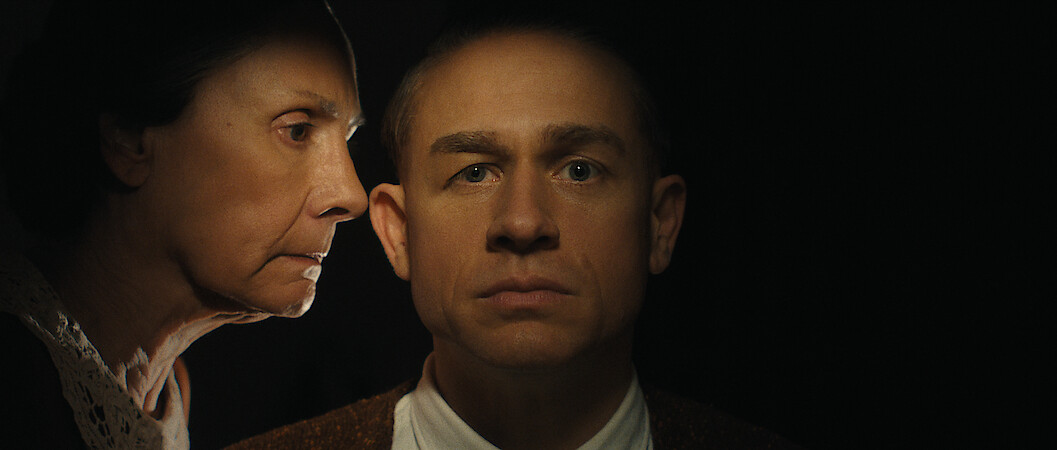October 10, 2025
Ed Gein: The Nightmare Maker Who Changed American Law and Horror

When authorities stepped inside Ed Gein's secluded farmhouse on November 16, 1957, they entered a realm of horror that would forever alter the American psyche and judicial system. What they discovered—furniture upholstered with human skin, skulls repurposed as bowls—unveiled the gruesome activities of the unassuming handyman Edward Theodore Gein, casting him into the annals of infamy.
This deep dive by Lawyer Monthly reconstructs the full timeline of Gein's life, relying on police records, psychiatric evaluations, and court documents. The narrative not only chronicles his crimes but also examines their profound impact on criminal law, particularly concerning the insanity defense.
Born in 1906 in La Crosse, Wisconsin, Gein's upbringing under a domineering and fanatically religious mother set the stage for his later descent into madness. After the deaths of his family members in the 1940s, Gein lived in isolation, preserving his mother's room as a shrine and succumbing to his own delusions.
The period from 1947 to 1957 marked Gein's most active phase of grave robbing, driven by an obsession to resurrect his mother. His transformation of stolen corpses into household items and a wearable "woman suit" suggests a complex, ritualistic grief response rather than outright sadism.
Gein's arrest followed the disappearance of two local women, revealing his dual life of community handyman and deranged killer. His 1957 capture prompted a legal spectacle, culminating in a 1968 trial where he was found not guilty by reason of insanity, a verdict that underscored and utilized Wisconsin's laws on mental disease in criminal acts.
This verdict not only highlighted the challenges in balancing justice with compassion but also influenced future high-profile cases and the development of legal standards regarding insanity. Gein's case became a cornerstone in understanding the intersection of severe mental health issues and criminal behavior, influencing both legal and psychiatric practices.
Gein's legacy extends beyond the courtroom. His life and crimes inspired iconic horror figures and narratives, reflecting society's fascination with the macabre and the monstrous. Decades later, his story still prompts us to explore the delicate lines between sanity, responsibility, and evil.
As we look back on the life of Ed Gein through this comprehensive timeline, we confront not only the dark capabilities of an individual but also the broader implications of his actions on legal and cultural landscapes. His story remains a stark reminder of the horrors that can lurk behind a facade of normality, and the enduring quest to understand the human mind.